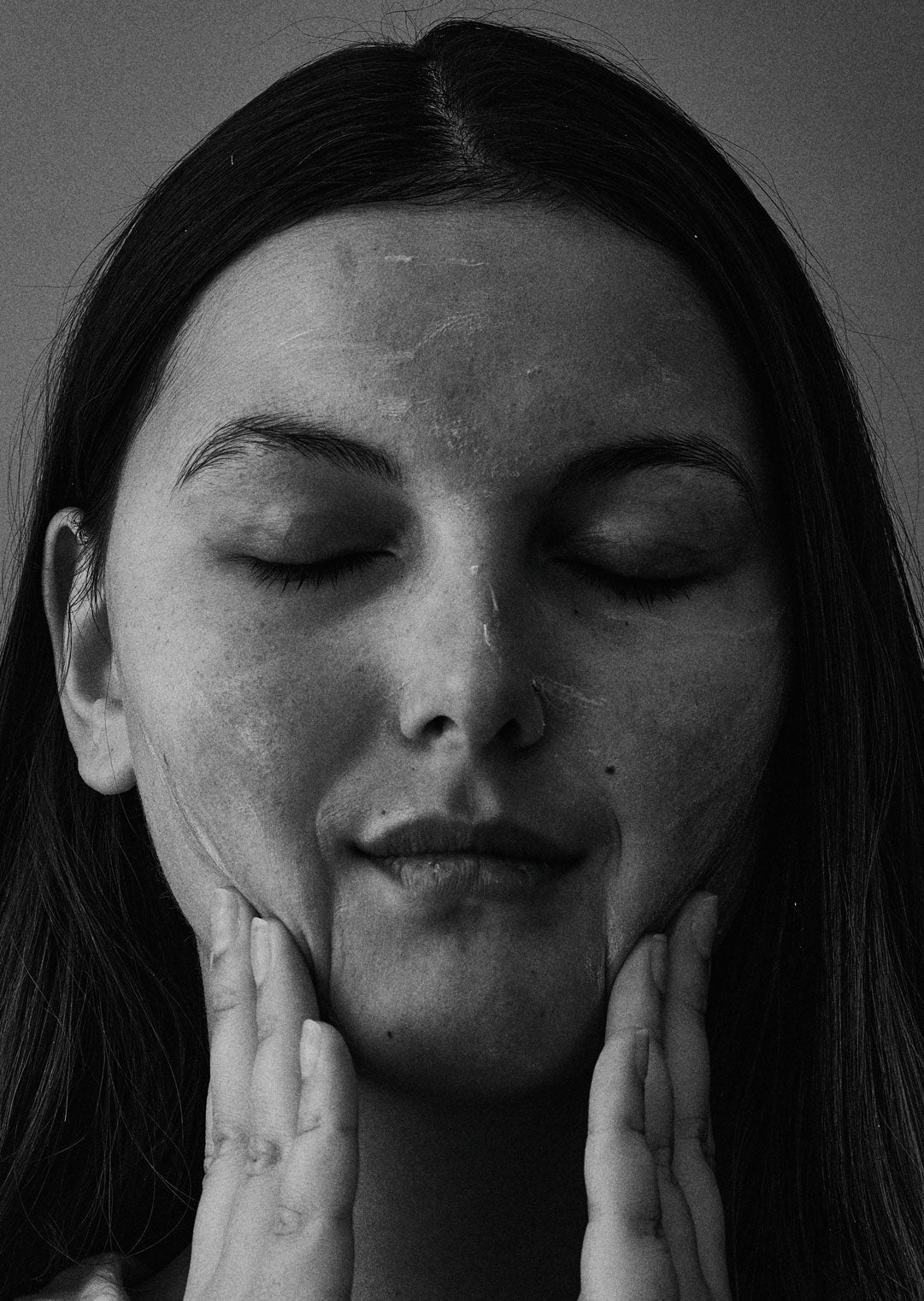-
-
-
-
-
-
-
-
-
-
Currency
wellness
Inspired By Māori Knowledge, Supported By Science: Finding The Perfect Blend With New Zealand Skincare Brand Aotea



Documented By: Aotea
On the eastern coast of New Zealand’s North Island lies the Hauraki Gulf, a pocket of the Pacific Ocean spanning over one million hectares.
he largest of the islands scattered across the gulf is Aotea, also known as Great Barrier Island, home to a population of 1000 people.
I’d never heard of this remote island until eponymously named health and beauty brand, Aotea, came across RIISE’s radar last month. A few weeks after trialling their products – a hand and body cream containing harakeke seed oil and a mānuka honey face cream – I met Aotea’s founder, Tama Toki, and head of artistic direction and sales, Lucy Edmonds. Both grew up on Aotea and as I soon discovered, everything about the brand from its genesis down to each ingredient found in their products has been imbued with the character of the island they once called home.
“Aotea is largely an expression of the upbringing we had on the island and a very Māori community where I lived,” Toki says. When they describe Aotea as being off the grid, they mean it literally: the island runs entirely on renewable solar power and water is collected from rainfall or from bores and springs. Growing up there was idyllic if not a little secluded. Toki recalls the closest medical professional was a 45-minute drive away.
To counter the island’s remoteness, Toki says the community relied on shared information and the bush for natural and herbal remedies.
“In the Māori community, there’s a real emphasis on passing down knowledge. I was taught a lot from my grandparents…we would go out into the forest and pick things and talk about what each plant is used for.”
– Tama Toki
”Though Edmonds didn’t have a Māori upbringing, she echoes Toki’s sentiments about the importance of mātauranga Māori (Māori knowledge) on Aotea: “You learn from being in that environment. The culture of the island is: you live off the land, you understand the land and you respect the land.”
Consumable drinks came before beauty products. Towards the end of his law degree, Toki began making and selling health tonics using native flora, one for immunity and one for inflammation. The idea for a business steeped in traditional Māori herbal remedies began to take shape, and Aotea was conceived to create a range of scientifically backed soaps, creams, balms and oils.
Aotea’s products have been formulated from four key native New Zealand species; kawakawa, mānuka, kūmarahou and harakeke. Toki is passionate about each plant’s properties and the science that validates their active and healing benefits. Adding to the brand’s merits is the fact that each of the ingredients used is also grown and sourced on Aotea.
One of New Zealand’s most important healing plants, kawakawa, is grown underneath the banana trees of a local organic orchard and the team are currently planting more of the mānuka and kūmarahou used in their soaps and enriching creams. Toki says the only challenge to sourcing solely from Aotea is the ancient harakeke (flax) plant “because we take the seeds and press them [to produce the oil], and you can only do it once a year”. In traditional Māori medicine, harakeke was used to heal burns, cuts and skin infections, and flax leaves have long been used to weave baskets, containers and mats. Harakeke seed oil is rich in omega-3, -6 and -9 fatty acids, and when used as an ingredient in Aotea products, provides nourishment for skin and helps to support cellular function.
Aotea launched in 2017 and so far, have been able to manage their localised supply chain and business growth. As they continue to scale, balancing resources with output will need to be carefully managed, something they are already taking into consideration. “The growth factor can happen, but through community participation,” Edmonds says.
““Both Tama and I share a sense of responsibility that if Aotea’s products are going to jeopardise the natural resources or environment, then we have to rethink how we do business.”
– Lucy Edmonds
”Toki adds that being a “sustainable business” doesn’t necessarily govern their decisions, but rather it is “the spirit” of Aotea, the island’s ecosystem and its ancestral history, that guides their business practices. “If we feel we depart too far from the spirit of the island, it’s not because it’s sustainable or unsustainable, it’s because it is the spirit we listen to,” Toki says.
Wondering which Aotea products Toki and Edmonds regularly reach for? For Edmonds, the 500+ MGO Mānuka Honey Mask is a go-to and her top recommendation, while Toki instantly points to the Harakeke Seed Oil Night Cream. Speaking to their entire range, it’s the ability to showcase the versatility, functionality and healing properties of New Zealand’s native plants, and share that information with new customers, that excites them most.
ABOUT US
CUSTOMER CARE
EDITORIAL & RIISE PRODUCTIONS
© 2024 RIISE, All Rights Reservedjoin riise's mailing list for 15% off your first order.Availability














